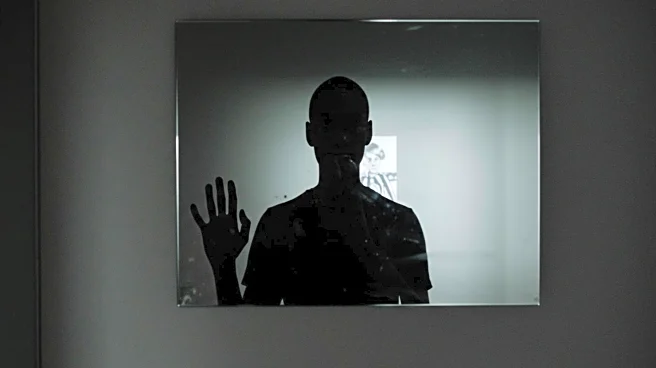Rapid Read • 6 min read
The concept of 'cringe culture' is gaining attention as it affects how individuals express creativity and engage with the world. The term refers to the tendency to mock or criticize people for actions deemed awkward or embarrassing. This cultural phenomenon is influencing artists and creators, who may hesitate to share their work due to fear of negative reception. The discussion around cringe culture is exemplified by the experiences of musician Brendan Abernathy, who faced online backlash after a viral video.
AD
Cringe culture has significant implications for creativity and self-expression. It can stifle innovation by discouraging individuals from taking risks and sharing their work. The fear of being labeled as 'cringe' may lead to self-censorship and hinder artistic growth. Understanding this cultural trend is crucial for fostering an environment where creativity is celebrated rather than criticized. It also raises questions about the role of social media in shaping public perceptions and the impact of online interactions on mental health.
The rise of cringe culture reflects broader societal shifts towards cynicism and irony. It challenges traditional notions of authenticity and earnestness, prompting a reevaluation of what is considered 'cool' or acceptable. This cultural shift may have long-term effects on how individuals perceive themselves and their creative endeavors. Addressing the negative aspects of cringe culture could lead to a more supportive environment for artists and creators, encouraging them to embrace vulnerability and authenticity.
AD
More Stories You Might Enjoy











